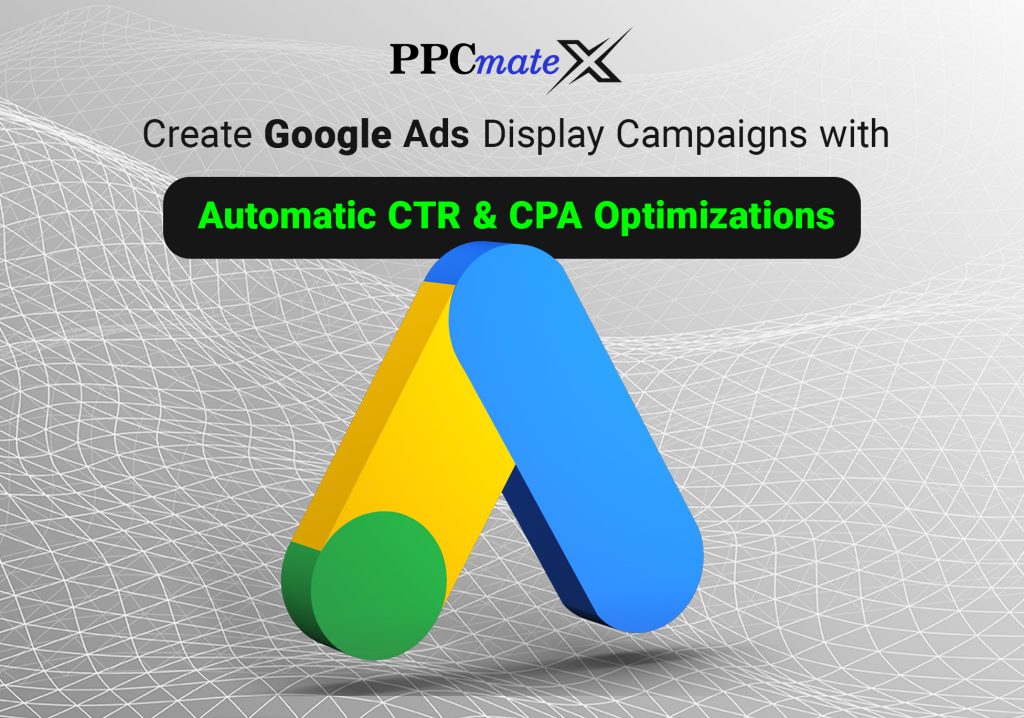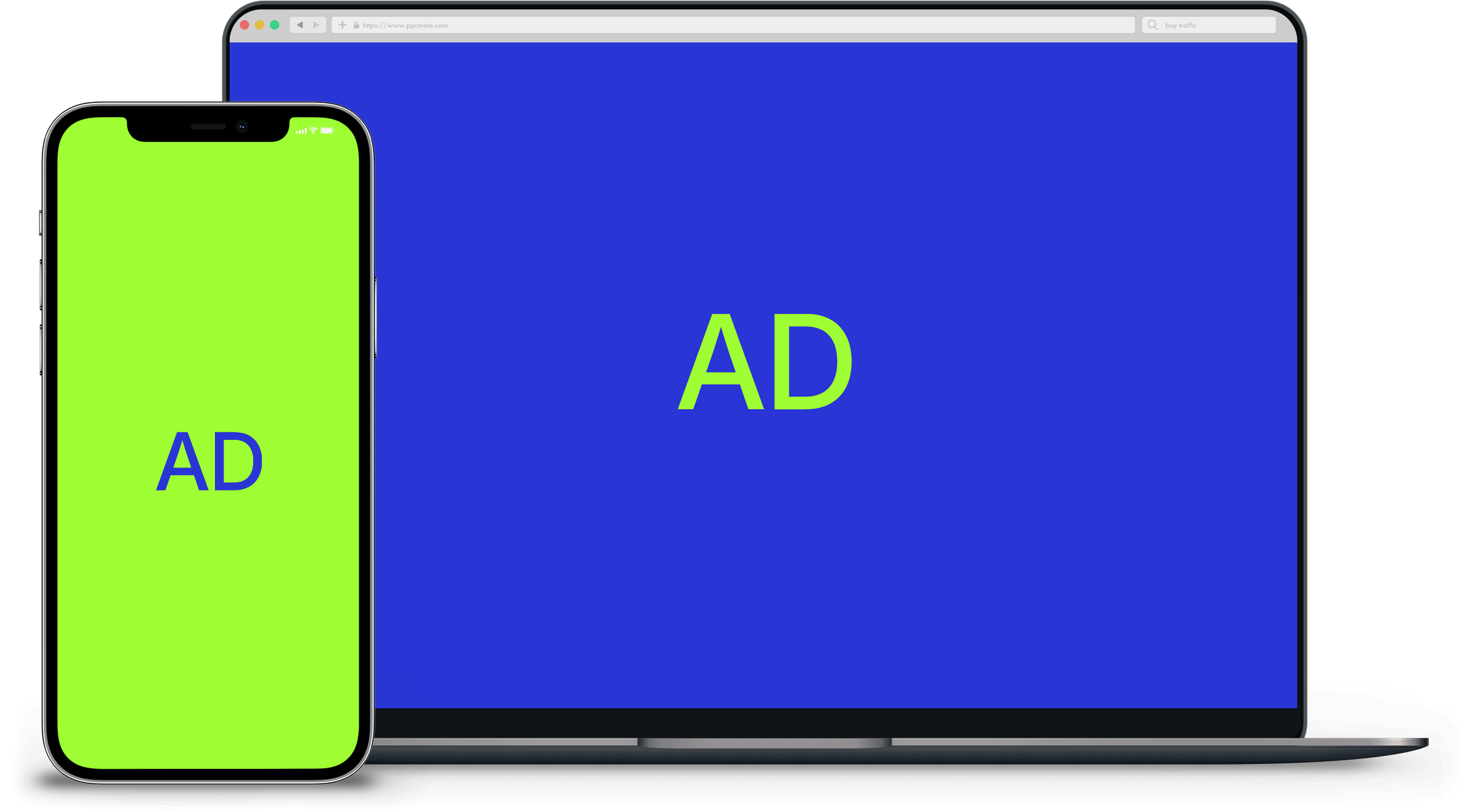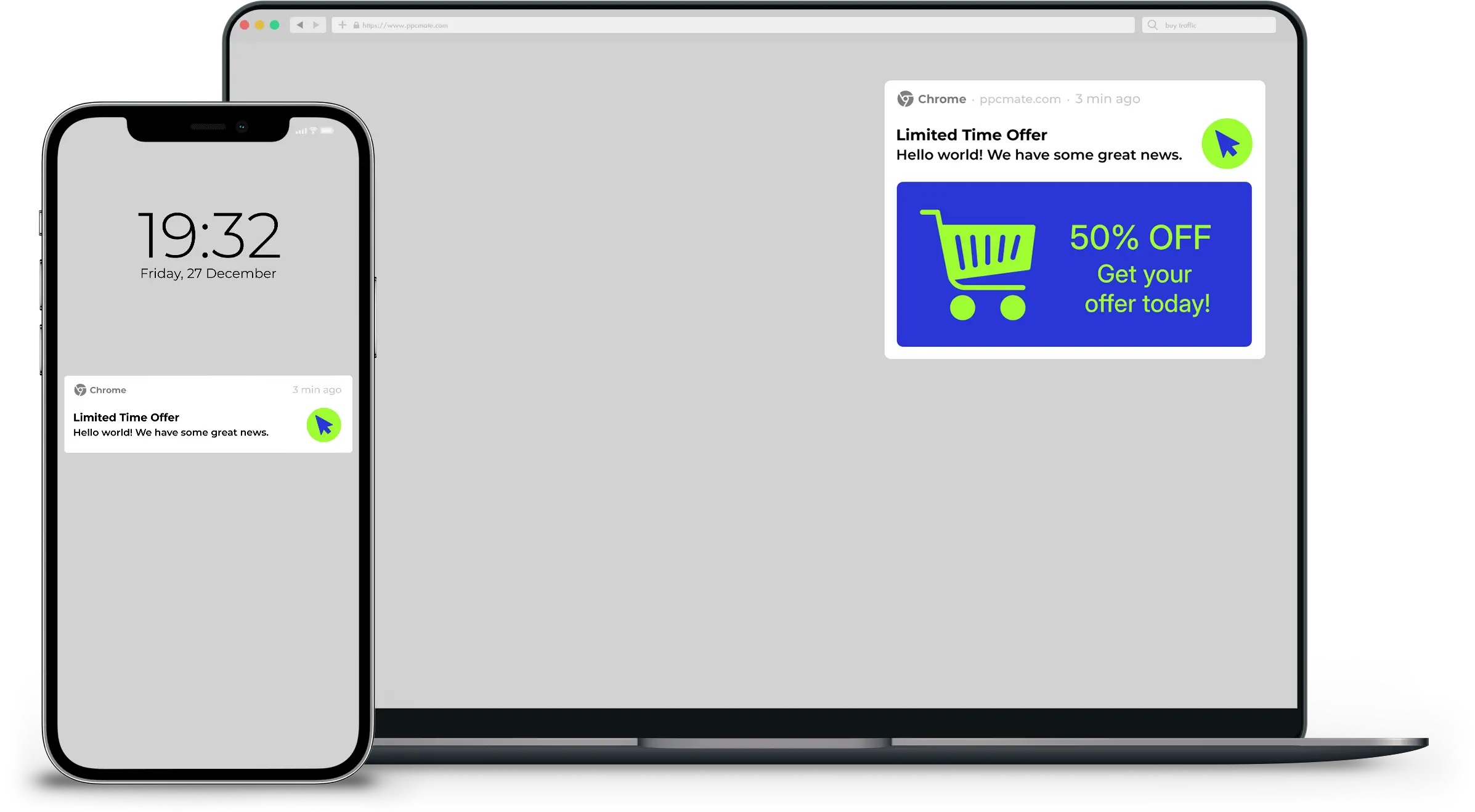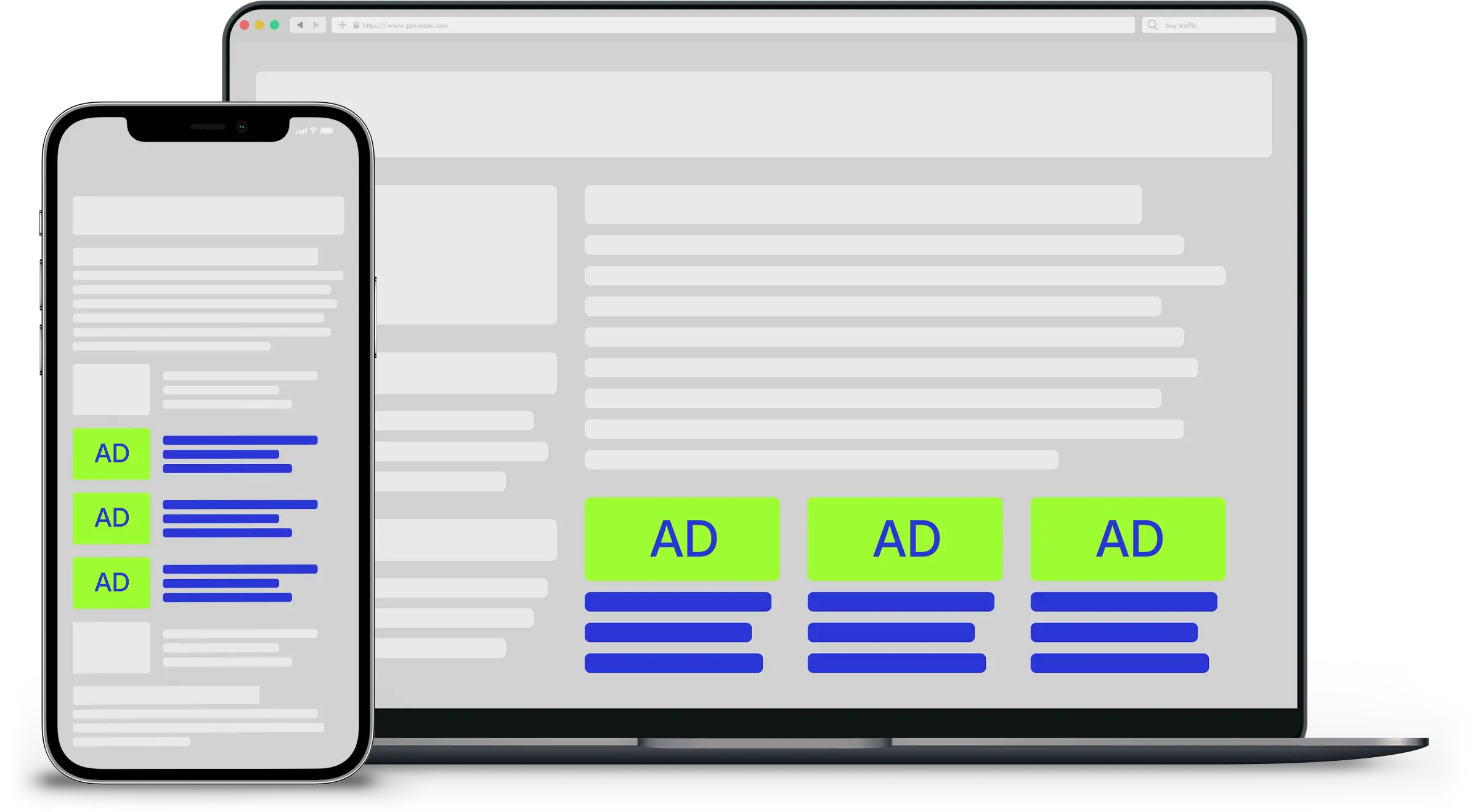Remember, your existing customers are a constant stream of revenue. We know they already like your products; now we want to make sure we continue to showcase new products and sales and in general stay top of mind with them.
This creates loyal customers and tons of repeat revenue – without that first layer of acquisition costs.
The balance can be tricky, though; how do you re-engage your customers without bombarding them with the same ads and messaging? How do you give them space but also encourage them to return to your site?
There are a few main things to keep in mind when setting up your re-engagement efforts:
Choose your platforms
Given we know who our customers are, I recommend using Facebook custom audiences (on both Facebook and Instagram) and Google’s customer match targeting options (Gmail Sponsored Promotions and RLSA are those I would most highly recommend).
Use data to determine your re-engagement intervals
To calculate how often you should show your ads to customers, determine when they tend to come back to your site after purchasing. Do you typically see purchases made 15 days after the first purchase? 30 days later? Longer? This is when you should begin re-engaging with your customers.
Focus on creative
We want to make sure we are providing the user with a good reason to come back to our site. You’ll want to showcase your products and ensure you are not showing the same ad over and over again. Refresh creative consistently to show new product as well as top sellers.
Use sales and promotions
Always hit your customers when you have a sale going on. This is typically the most successful of re-engagement efforts. Loyalty rewards programs are great for this, too; since you’re not spending to acquire these customers, you should have a bit of margin to play with for loyalty-based discounts and incentives.
Get smart with your first-party data
This part is important: we don’t want to just hit our entire customer base and treat them as equal. We need to segment our customer list by identifiable characteristics.
For example – AOVs (do they purchase more expensive products or cheaper products?), Gender, Product categories or type, etc. By segmenting out our audience type, we can better tailor our creative and the product we show to our customers to better suit their needs/interest.
Smart segmentation allows us to truly speak to our customers with relevant and tailored messaging, products, and overall user experience, which helps with both CTRs and CVRs.
For example, let’s say you are an ecommerce shop with a variety of different products – from expensive handbags to shoes to clothing. By segmenting out users who purchase expensive handbags, you can then re-engage them with creative around ‘the newest/trendiest’ handbag – or your annual handbag sale.
There are other benefits associated with your customer base, of course – notably mining characteristics of that base to create lookalike targeting in the pursuit of new customers. But I’ve seen all too many brands pay too little attention to the five steps outlined above.
Don’t leave all that juicy revenue out there; get smart about re-engaging and watch your numbers climb.
___
by Sana Ansari
source: Search Engine Watch









